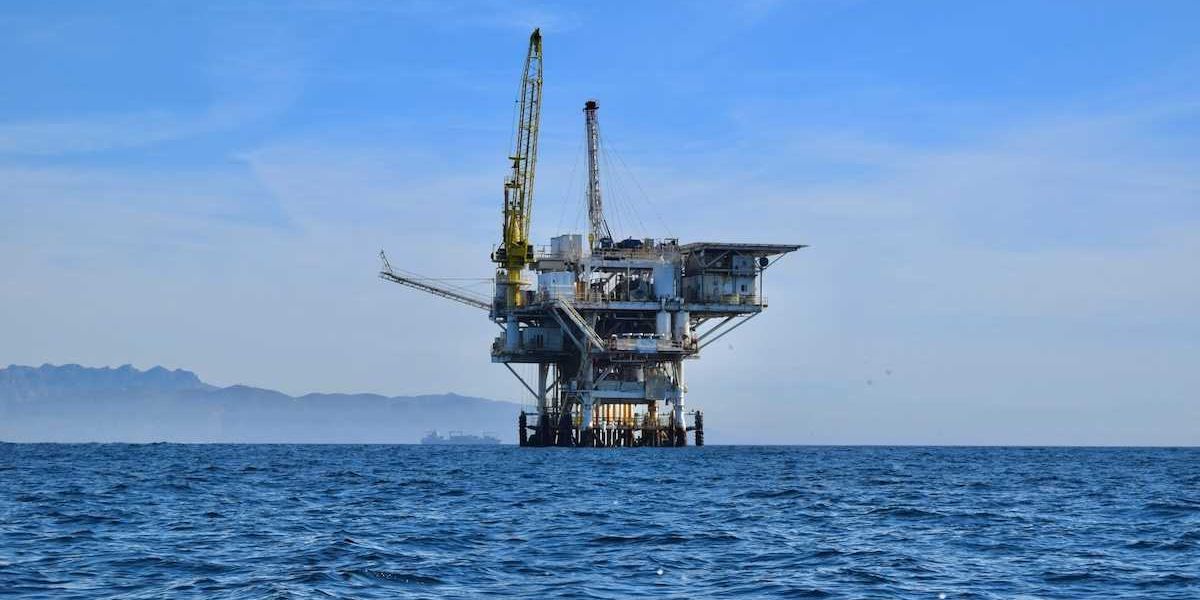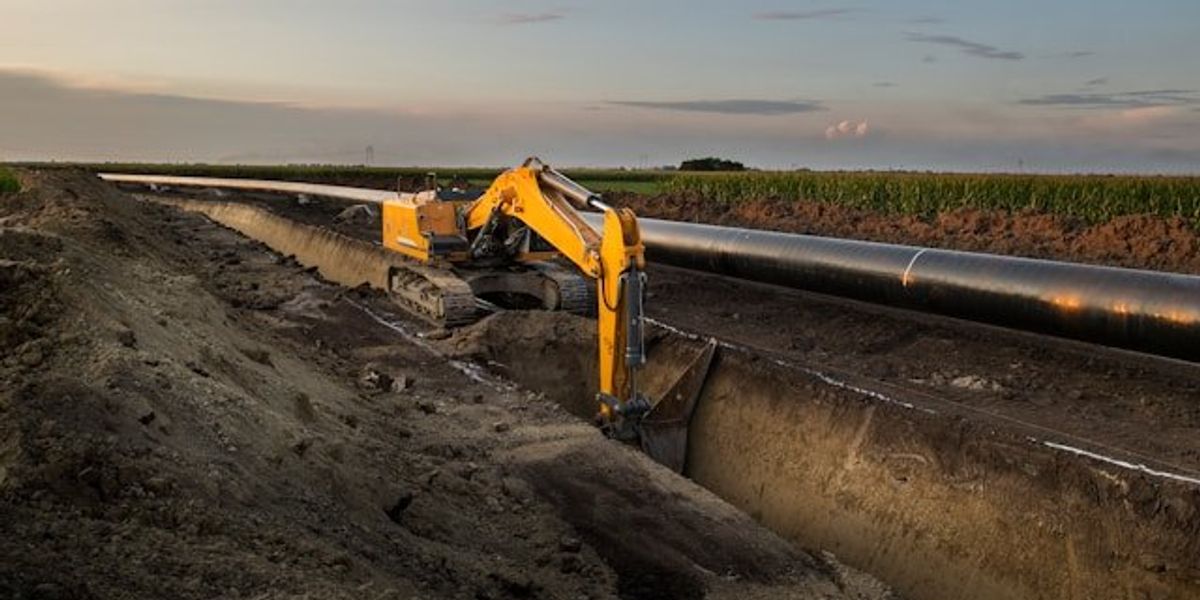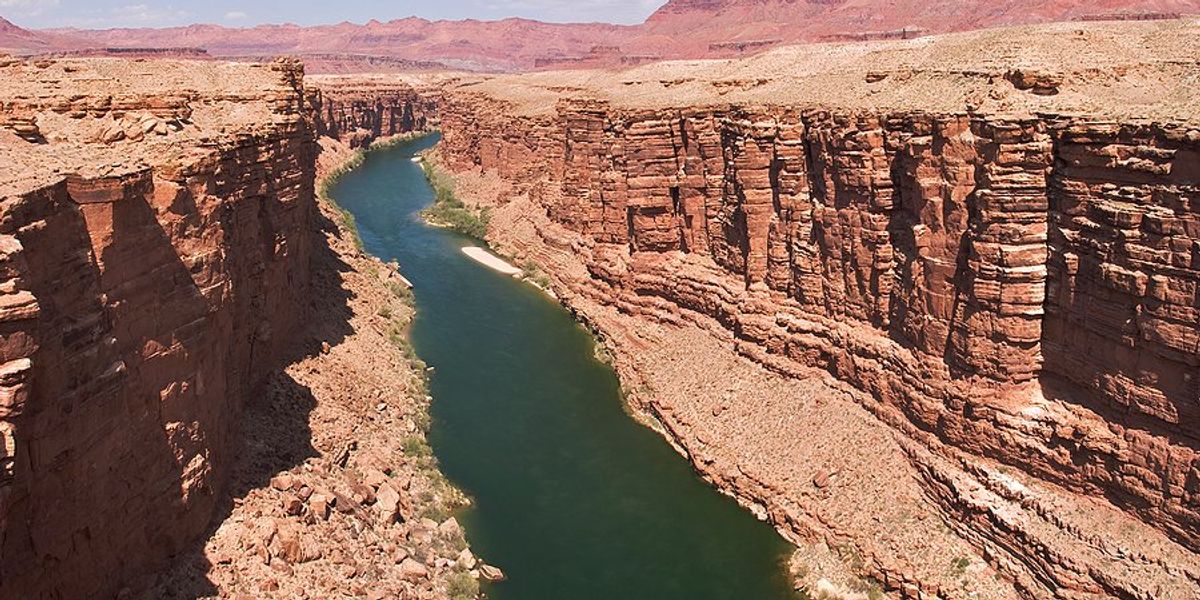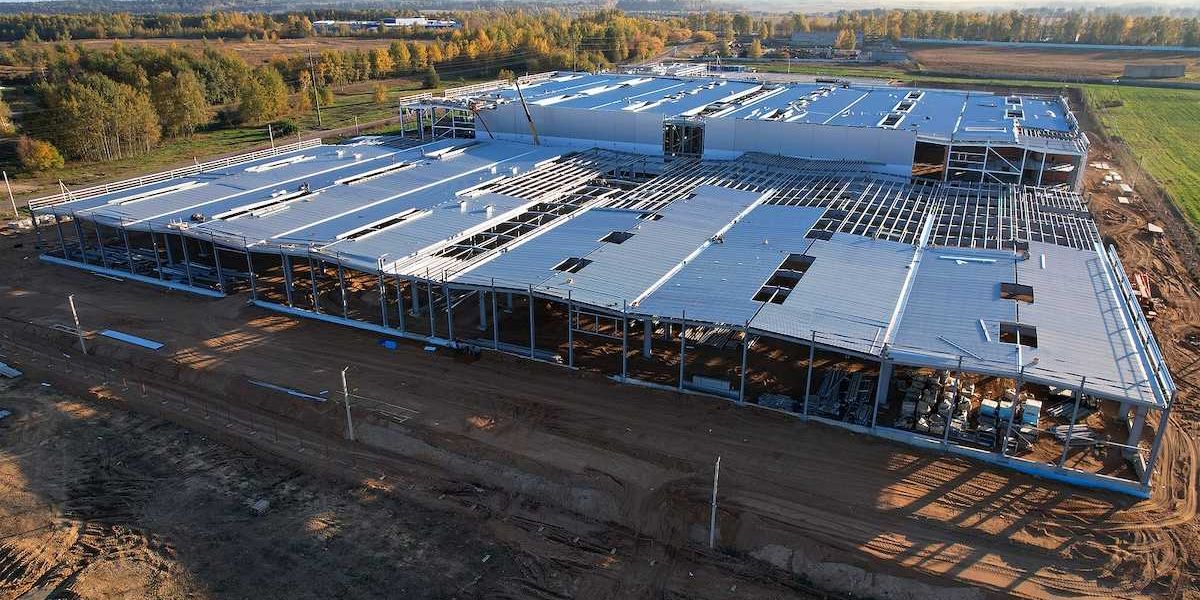Florida’s inland insurance market teeters as rural homeowners face dropped coverage
Florida’s poorest rural counties are seeing the highest home insurance cancellation rates in the state, leaving many residents exposed as climate change reshapes the risks — and economics — of insuring property.
Amy Green and Peter Aldhous report for Inside Climate News.
In short:
- Inland counties around Lake Okeechobee, including Glades and Okeechobee, had the state’s highest insurance non-renewal rates in 2022 and 2023, outpacing even hurricane-prone coastal areas.
- The insurance industry's retreat stems partly from rising climate risks and unpredictable storm patterns, but poorer residents are most affected as they’re more likely to lose coverage or forgo it due to cost.
- As large insurers exit the market, homeowners are left with unaffordable policies or must turn to Citizens, the state-run insurer, which faces its own solvency concerns in the event of a major storm.
Key quote:
“What I really don’t understand is how they can drop so many people around the lake and not down on the coasts.”
— Steve Cates, Okeechobee homeowner
Why this matters:
Insurance markets are acting as an early warning system for climate instability. Florida’s inland communities — long assumed to be safer than the coasts — are now losing insurance coverage at alarming rates. These rural counties often have lower incomes, older infrastructure, and limited political clout, leaving homeowners with few options and little margin for absorbing losses. When insurers exit a market, or rates spike beyond reach, residents are forced into risky choices: go without coverage, pay exorbitant premiums, or sell lifelong homes.
Read more: Insurers warn climate change could unravel financial markets and endanger capitalism













